Editors’ Picks




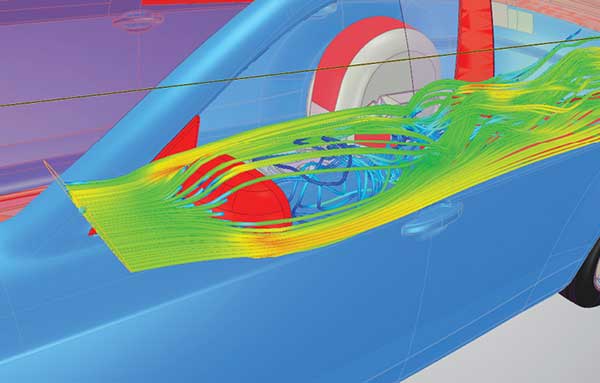
Found in Robotics News & Content, with a score of 4.87
…exponential growth in the power of graphics processing units (GPUs), which gained additional processing power at a much higher rate than CPUs. The uneven rise in processing power keeps changing processes and workflows, from initial design to final manufacturing. Not only can mainstream CAD applications such as AutoCAD and SolidWorks take advantage of real-time rendering, but new uses for CAD and simulation data are popping up, including virtual reality (VR) review sessions. These changes are fundamentally rewriting business plans as well as engineering workflows. For example, software vendor Luxion has specialized in rendering technology for product design since 2003. Its…
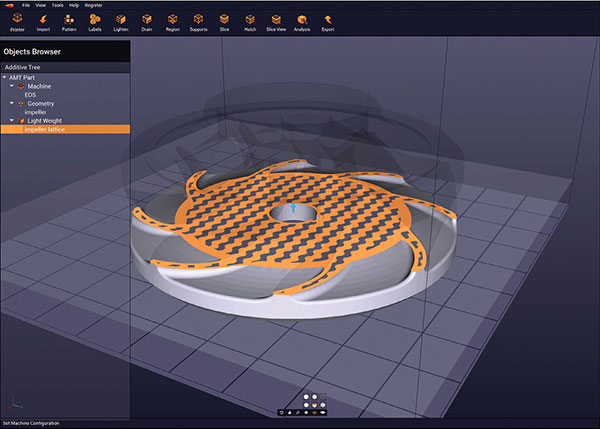
Found in Robotics News & Content, with a score of 1.10
…computing resources, as well as taking advantage of modern GPU capabilities. ANSYS, for example, launched a major initiative to enable all of its flagship products to solve through the cloud. “We are also in the process of bringing all of the parts of our additive suite together in a single interface, and as we roll that out users will have the exact same option to solve to whatever hardware they want to solve on,” Stucker says. Dyndrite’s additive manufacturing software delivers semi-automated python scripting routines to enable the automation of repetitive and time-consuming tasks during the preparation of 3D data…

Found in Robotics News & Content, with a score of 1.08
…and AI-optimized platforms can also accommodate various numbers of GPUs to provide fluent computing power for the most demanding workloads such as visualization, simulation, data analytics, inference and deep learning. TYAN’s Thunder SX/CX product lines also benefit from the release of the Cascade Lake refresh line in the data-driven era. By integrating Intel Optane DC persistent memory technology, TYAN storage and cloud computing platforms, including 4U 100-bay high-capacity cold storage, 2U hybrid object storage, 1U high-performance all-flash storage, and 2U multi-node hyper-converged server platforms, provide a variety of tiered storage implementation scenarios for data centers and enterprises. Compatibility for the…
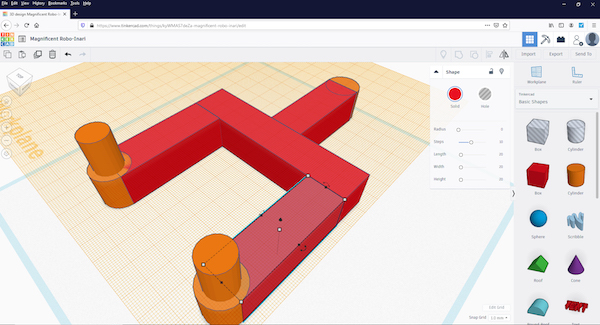
Found in Robotics News & Content, with a score of 2.40
…AI-Accelerated Raytracing When hardware got better at harnessing the GPUs processing power, it also changed CAD users’ attitude toward rendering. Once an infrequent operation for CAD users, rendering is now a push-button option in many standard CAD packages. Whereas rendering in the past meant waiting a few minutes to hours for the results, today the rendering result is almost instantaneous. The latest generation of GPUs, however, pushes the limits even further. With workstations equipped with NVIDIA RTX GPUs, you can work in real-time raytracing—a mode of working previously unthinkable due to the computing burden it entails. When the first crop…
Found in Robotics News & Content, with a score of 0.65
…data. VTD 2019.1 supports OpenDRIVE 1.5 and OpenSCENARIO 0.9 interoperability standards and features enhanced LiDAR simulation with more accurate GPU-accelerated ray-tracing and capabilities to simulate surface interaction. It is available for Red Hat Linux 7.3, with optional Docker containerization of modules to aid the integration of VTD into customers virtual test environments and simplified deployment to cloud or on-premise infrastructure. Sources: Press materials received from the company and additional information gleaned from the company’s website.
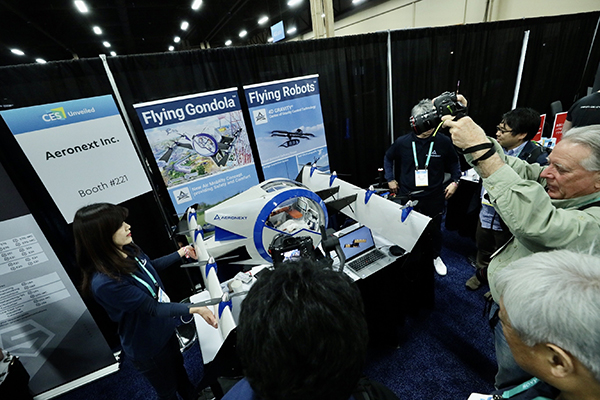
Found in Robotics News & Content, with a score of 4.09
…a human driver, whose movements dictate the robot's action. GPU maker NVIDIA plays a role in the development of T-HR3. Its Isaac software development kit for AI-driven robotics—a technology for training and simulating robots—is part of the project. AMD with mobile processors Another GPU maker, AMD, promoted its processors, targeting mobile computers. The company unveiled what it calls “the world’s first 7nm high-performance CPUs and GPUs.” The product line includes the Ryzen 4000 mobile processors with Zen 2 architecture. The U series is meant for ultra-thin laptops; the H series targets gamers and consumers; and the Pro series is for…
Found in Robotics News & Content, with a score of 5.39
…supercomputers, offering up to 800 NVIDIA V100 Tensor Core GPUs interconnected on a single Mellanox InfiniBand backend network, NVIDIA reports. It enables customers for the first time to rent an entire AI supercomputer on demand from their desk, and match the capabilities of large-scale, on-premises supercomputers that can take months to deploy. “Until now, access to supercomputers for AI and high-performance computing has been reserved for the world’s largest businesses and organizations,” says Ian Buck, vice president and general manager of Accelerated Computing at NVIDIA. “Microsoft Azure’s new offering democratizes AI, giving wide access to an essential tool needed to…
Found in Robotics News & Content, with a score of 3.13
…Built upon the company’s Accelerated Computation Engine (ACE), a GPU-powered geometry kernel, AMT provides manufacturing-oriented features. Capabilities include native CAD file import for maximum quality of 3D-printed output, as well as an integrated Python application programming interface (API) for customizable scripting of interactive, automated workflows. Dyndrite’s ACE geometry kernel and AMT build processor were designed from the ground up using a “First Principles” approach, leveraging modern methodologies and technologies to meet the requirements of production oriented customers in the aerospace, medical, automotive, energy and service bureau markets. Dyndrite enables users to manage terabytes of manufacturing data, print higher-order geometries such…
Found in Robotics News & Content, with a score of 2.47
…a quick, easy and automated way to get much closer to a “right first time” build. Sunata is a GPU-accelerated high-performance computing additive manufacturing software solution that can deliver results fast, according to the companies. GPU-accelerated computing is the employment of a graphics processing unit (GPU) along with a computer processing unit (CPU) to facilitate processing-intensive operations such as deep learning, analytics and engineering applications. The acquisition is due to close in November 2019. Terms of the transaction were not disclosed. Sources: Press materials received from the company and additional information gleaned from the company’s website.
Found in Robotics News & Content, with a score of 0.66
…artificial intelligence and how it is being used for GPU-based denoising; design issues surrounding in-home robotics systems; and some advice from simulation expert Tony Abbey on analyzing shear stress for engineers. CAASE19 Virtual Conference Finally, thanks to all of you who participated in our inaugural Conference on Advancing Analysis & Simulation in Engineering (CAASE19) virtual event in October. We had a strong turnout and some excellent presentations from end users and experts in the simulation space. In fact, one of our presenters, Ryobi Die Casting’s Josh Huang, focused on metal additive manufacturing in his CAASE presentation, noting how the technology…
Found in Robotics News & Content, with a score of 0.46
…Preview helps designers accelerate their design innovation thanks to GPU acceleration. ANSYS 2019 R3 also includes the SPEOS Road Library for Sensors Simulation, a retro-reflecting materials database. In ANSYS 2019 R3, ANSYS electromagnetics suite includes new features for engineers tackling complex autonomous vehicle engineering challenges. ANSYS HFSS SBR+ now includes creeping wave physics that delivers greater accuracy for predicting radar cross section (RCS) of large targets with curvatures. ANSYS also introduces ANSYS Minerva. Powered by Aras, ANSYS Minerva is a knowledge management product for critical simulation expertise. ANSYS Minerva improves productivity and maximizes business value from existing engineering technology investments…
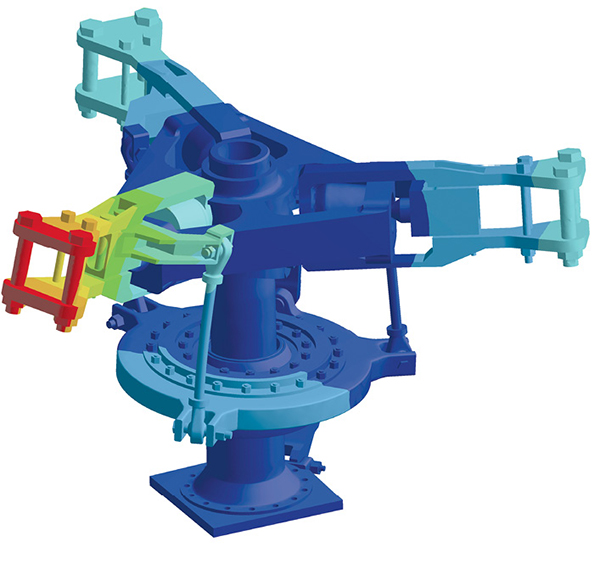
Found in Robotics News & Content, with a score of 9.71
…of their models—which requires a powerful graphics processing unit (GPU)—but also using simulation and analysis software upfront in the design process. There are new use cases for GPUs in product design, including running artificial intelligence (AI) routines for design exploration and creating machine learning algorithms that will become part of a product. The shift can be summarized as going from throwing graphics on the screen to calculating the design and engineering issues behind the objects. The relationship between product engineering technology and computer processors is not new. CAD and simulation software perform complex and changing mathematical tasks that must be…



